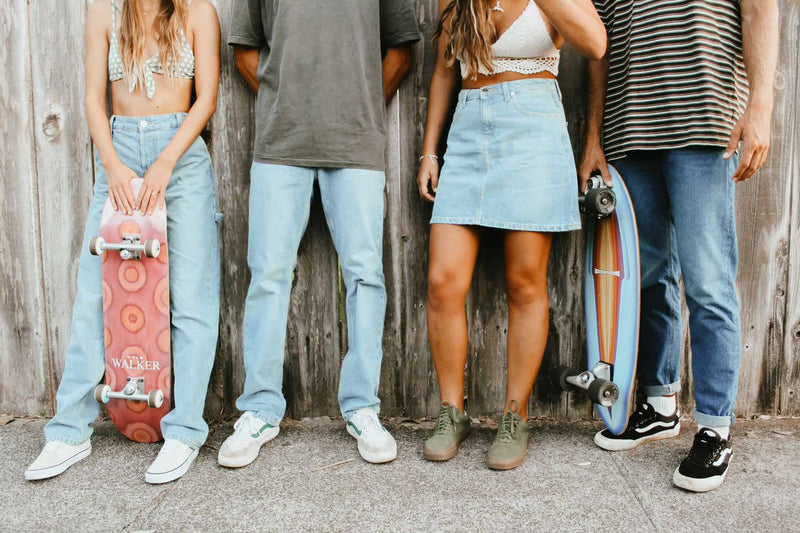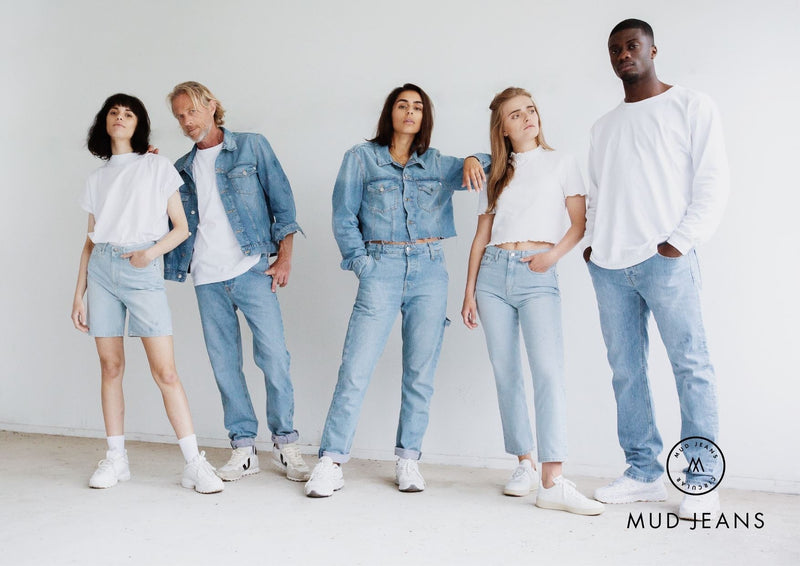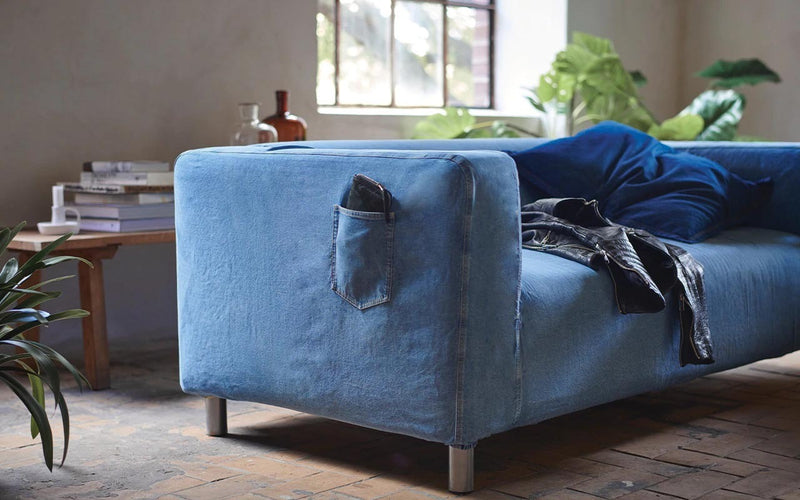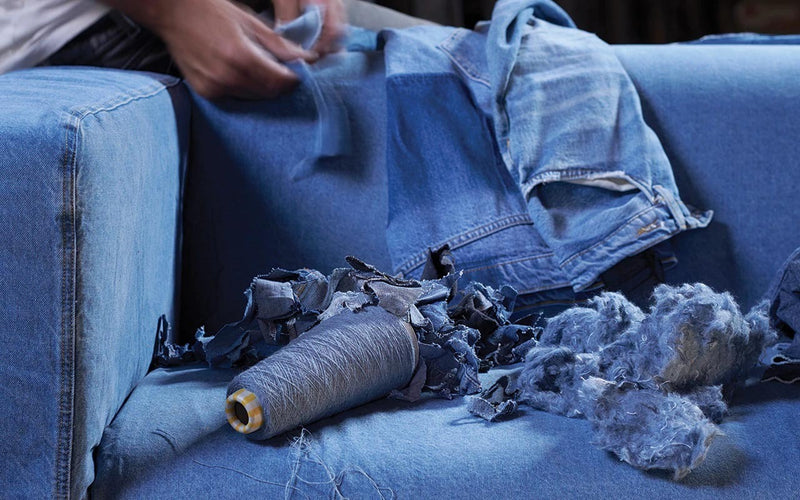Mud Jeans and Sustainability
We had a conversation with Sinem Çelik, a valuable friend and sustainability consultant and trainer, who has been guiding us with her suggestions alongside vitruta. In this discussion, we talked about Mud Jeans, one of our newest brands available exclusively at vitruta in Türkiye, and the brand’s sustainability efforts.

Sinem, you work with many different brands in the sustainable fashion field, especially in denim. We'd love to hear from you about Mud Jeans, which you helped bring to the vitruta family; what makes this brand special?
Denim is a product category that has a significant environmental impact. The high cotton usage, the production technique for indigo dye, and the washing process that gives the product its life and natural look all contribute to serious environmental effects. For a traditionally produced pair of jeans, water usage can reach up to 7,000 liters, and there's also a heavy use of chemicals. Due to these factors, denim has become one of the main focuses of sustainable fashion. In recent years, we’ve seen many brands adopting innovative solutions to switch to 'low-impact' production. However, waste remains a major issue.
Mud Jeans makes a difference here; it is the world’s first circular denim brand. It uses the highest level of technically recyclable materials available. In the last four years, the brand has saved 20,000 pairs of jeans from becoming waste and incorporated them into its circular system.
Can you explain the concept of circular fashion a bit more?
To explain circular fashion, it’s useful to first talk about the linear system. Traditional fashion relies on a "buy, use, discard" model. After the product is used, there is no consideration for its afterlife, whether it will decompose naturally, or the potential harm it could cause to the environment. This has led to a serious waste problem in the fashion industry, particularly in the last 10 years with the rise of fast fashion.
In circular fashion, however, the product's "after life" is taken into account during the design phase. Every piece of waste becomes the raw material for the next product. It's a system where the definitions of waste and trash are completely changed.


Mud Jeans also has a B-Corp certification, which we've started hearing from brands leading in sustainability. What is the B-Corp certification?
Yes, actually, it's more than just a certification; we can call it a movement. To be part of this group, brands must place environmental and social issues at the center of their operations. B-Corp sets standards for transforming the global economy and invites brands to follow this roadmap.
In addition to being a B-Corp certified company, Mud Jeans has also joined the 'Best for the World' group, which recognizes brands that perform best in their commitment to social and environmental responsibility.
Mud Jeans started as a passionate startup and even won an award. Could you tell us more about that?
Yes, this is something worth mentioning. With its anti-consumption stance, Mud Jeans sought to offer a solution in retail by providing customers with a leasing option. The "lease your jeans" option (though still a new concept in Turkey) opened up a new possibility in the world of denim and earned the brand an award. Mud Jeans is one of the brands teaching us the value of usage over consumption.

What are Mud Jeans’ main focuses, and how do they approach sustainability?
Mud Jeans takes action in three main areas:
- Circularity, which we discussed earlier.
- Fair production, where they take a strong stance in the social domain and reveal all their production processes with transparency.
- Positive activism, which I really appreciate. In a world where sustainability can feel chaotic and depressing, they provide hope and focus on what can be done, making the brand a central hub for this activism.
Collaborations are also one of the key channels for the brand's progress; they recently did a collaboration with IKEA, right?
Yes, they transformed fabric made from old jeans into sofa covers. This collaboration was not only product-wise intriguing but also raised awareness among consumers. Additionally, it inspired different recycling possibilities, presenting a story where architecture meets fashion.

